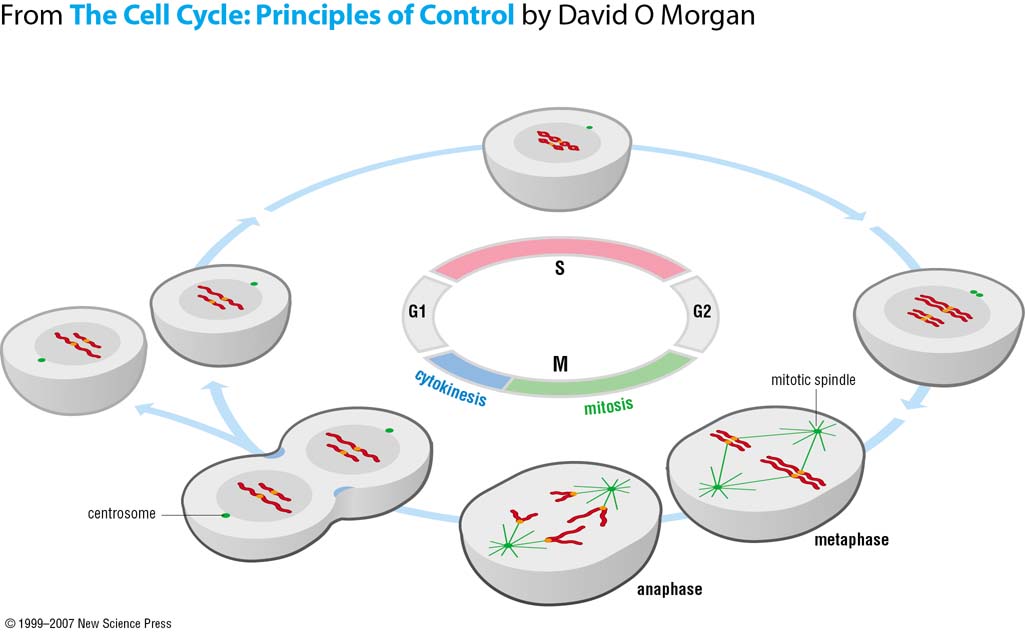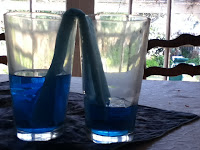Flowers are an important part of many plants. Plants use flowers to
make other plants – to reproduce. Flowers have special parts, called
stamens and pistils. When pollen from the stamen finds its way down
through the pistil, the flower is pollinated, and seeds start to grow.
The seeds eventually find their way to the ground, the seeds sprout, and
more plants are born.
Plants have all different styles of flowers. Some flowers have
patterns on them that guide bees and other insects to the pollen. Wheat
flowers are long and stringy, so when the wind blows, pollen can float
easily from stamen to pistil. Some flowers even smell like rotting meat
to attract flies. The flies land, pick up pollen on their legs, and dust
some of it onto the flowers’ pistils. Although flowers have different
shapes, colors, and smells, all flowers make seeds to keep the plant
population growing.
Every flower consists of a set of adaptations that help to ensure
successful reproduction. For example, flowers often have bright colors,
attractive shapes, and pleasing aromas. These traits help them attract
insects and other animals that
will carry pollen grains from
flower to flower. Pollination also occurs by means other than animals
carrying the pollen. For some flowering plants, the wind plays an
important role in transferring pollen from plant to plant.
The
seed-bearing plants that produce flowers are called angiosperms. The flower
produces the seeds, each of which contains a new plant embryo. The parts
of the flower are usually found in four whorls, or rings. Petals are
one of the four whorls. They attract pollinators. Sepals lie outside the
petals. They protect the bud.
The reproductive organs,
the stamens and pistils, make up the third and fourth whorls and lie
inside the petals. A stamen is a male reproductive part. It consists of
an anther that is held up by a filament. The anther produces pollen
grains. A pistil is a female reproductive part. Its top is called the
stigma. It is sticky to ensure that when pollen grains land on it, they
stick to it. The middle supporting structure is the style, and the large
base is the ovary, where the eggs are produced.
1. Bill Nye - Flowers! video
23 minutes - 23 points!
2. Go outside and find 7 flowers (different kinds!) -- locate the stamen and the pistil on each flower. 7 points.
3. Read Chapter 3, section 1 - about Gregor Mendel and his famous flying peas. 20 points.
50 points possible!
[Do you crave more science videos? Here's "The Biggest Flower in the World": https://www.youtube.com/watch?v=FHaWu2rcP94&list=PL47D0521D98A9EF1D&index=8]





 On Thursday we will finish off our Mitosis unit by looking at photographs of real cells and trying to figure out which stage the cell is in. By looking at the pictures above, you can see the difference between a diagram and the real thing.
On Thursday we will finish off our Mitosis unit by looking at photographs of real cells and trying to figure out which stage the cell is in. By looking at the pictures above, you can see the difference between a diagram and the real thing.


